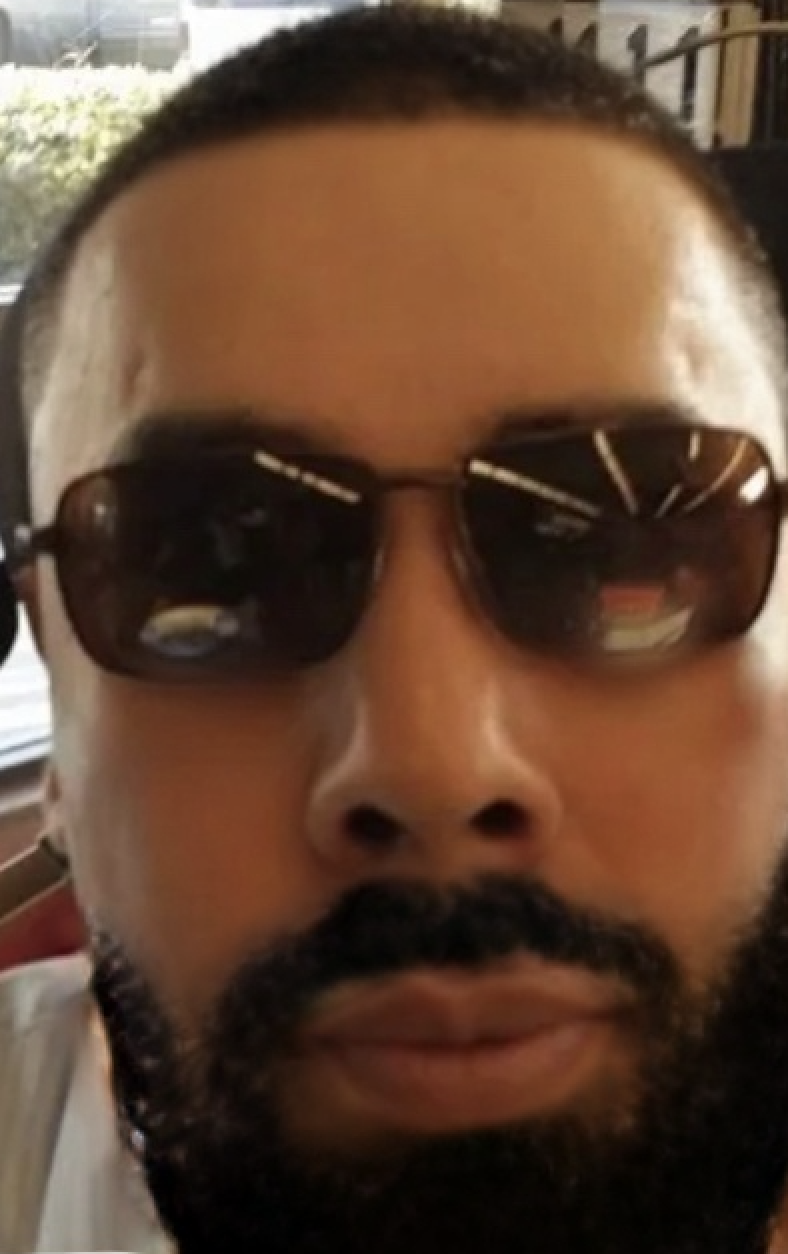On the night of October 31st, as the Los Angeles Dodgers clinched their second consecutive World Series championship, the city of angels erupted. Downtown streets overflowed, fireworks lit the smog-thick air, and thousands of fans spilled from bars and living rooms into boulevards that suddenly transformed into improvised parades. Echo Park, Little Tokyo, Boyle Heights, Van Nuys—each became a fragment of a vast, unplanned civic ceremony. For one brief night, the sprawling metropolis felt like a single body celebrating itself.
But beneath the ecstatic blue glow of fireworks and Ferris wheels lies a more complicated civic story—one about class, order, identity, and the paradox of joy in a city that’s still trying to figure out how to belong to itself.
The Unruly Celebration
To outsiders, the scenes were exhilarating: Sunset Boulevard shut down to traffic, fireworks bursting over Echo Park Lake, fans climbing onto cars, waving flags, chanting “Let’s go Dodgers!” The LAPD issued a tactical alert by 6 p.m., deploying additional units to contain potential unrest. News choppers captured crowds blocking intersections, performing car “donuts” in the middle of the street, and scaling streetlights like landmarks of triumph.
To locals, though, it was déjà vu. Every major win in Los Angeles—whether it’s the Dodgers, Lakers, or Rams—has become a ritualized dance between euphoria and disorder. On one side, celebration; on the other, fear of chaos. It’s as if the city has internalized the idea that unrestrained joy must always flirt with destruction.
The question isn’t why people pour into the streets. It’s why this version of joy—unregulated, uncontainable, often chaotic—feels like the only authentic expression of civic pride left in Los Angeles.
Los Angeles: The Dispersed City
Los Angeles is not a single city but a thousand micro-nations stitched together by freeways. It is a metropolis defined by distance—economic, racial, psychological. In such a place, unity doesn’t come easily. The Dodgers, perhaps more than any other institution, serve as the last shared identity across those divides. They belong as much to Boyle Heights as to Beverly Hills, to the Koreatown apartment as to the San Fernando Valley cul-de-sac.
That universality is what makes the street celebrations both powerful and volatile. For a few hours, the spatial logic of L.A.—where every social group occupies its own invisible territory—collapses. Rich and poor, Latino and Asian, immigrant and native-born, everyone becomes a participant in the same drama of civic joy.
And yet, the city’s infrastructure—designed to separate, not unite—can’t handle the unity. Streets that usually function as arteries for isolation become clogged with shared emotion. The result is both beautiful and threatening, a physical manifestation of what civic cohesion might look like if Los Angeles ever let itself truly feel like a community.
Policing the Party
The LAPD’s tactical alert wasn’t just about safety; it was about control. The city knows from experience that jubilation can turn into chaos, and that chaos often begins where class tension lives—Echo Park, Pico-Union, South Central. These are neighborhoods where joy has historically been policed as though it were a crime.
In these zones, the boundary between celebration and civil unrest is razor-thin. The same act—lighting a firework, blocking traffic, chanting in the street—reads differently depending on who’s doing it and where. A jubilant crowd in Santa Monica is called “festive”; the same behavior in East L.A. is labeled “rowdy.”
This double standard reveals more about the city’s underlying power dynamics than about the celebrations themselves. In a sense, L.A.’s handling of these spontaneous parties mirrors its broader governance philosophy: tolerate exuberance when it’s photogenic, contain it when it’s poor.
A Mirror of Economic Desperation
There’s another, quieter truth beneath the roaring chants and beer-slick sidewalks. Many of the people flooding the streets are celebrating not just the Dodgers’ victory, but their own brief escape from invisibility. The same young men doing donuts in borrowed cars are often those who feel unseen by the economic order the city celebrates every other day.
The Dodgers’ victory, then, becomes a symbolic revolt—a rare night when ordinary people take ownership of public space. The streets, usually ruled by cars, capitalism, and control, become a people’s stage. The city’s underclass, usually told to move along, suddenly becomes the protagonist of the civic story.
It’s not vandalism—it’s theater. And like any good theater, it reveals the truth: that public space in Los Angeles is still rationed along economic lines. The city wants you to celebrate, but only within zones of comfort, where joy doesn’t disrupt the flow of commerce.
The Ritual of Controlled Euphoria
Los Angeles is a city built on spectacle, and the Dodgers are one of its most enduring myths. The celebration of their victory is not just spontaneous—it’s ritualistic. The city needs these moments of collective emotion to remind itself that it is, in fact, still capable of feeling.
But each ritual also exposes the fragility of civic unity. The LAPD’s tactical alerts, the mayor’s cautious congratulations (“Celebrate safely and responsibly”), the barricades and curfews—all speak to a city that doesn’t quite trust its own people. Even in triumph, there is surveillance. Even in joy, there is tension.
In this sense, the Dodgers’ back-to-back championships have become more than a sports story. They’re a test of whether Los Angeles can still believe in itself without breaking its own reflection.
A City Defined by its Parades
If you want to understand a city, watch how it celebrates. Chicago’s parades are stoic; New York’s are theatrical; New Orleans’ are spiritual. Los Angeles’ are chaotic, sprawling, improvised. They reflect the city’s personality—restless, creative, contradictory.
There’s something democratic about that chaos. For all its flaws, L.A.’s street celebrations are one of the few times when hierarchy dissolves. No VIP lists, no velvet ropes, no algorithms curating who gets to participate. Just people, in the streets, being human together.
In that moment, Los Angeles feels like what it always promises to be: a place where anything can happen. A place that belongs to everyone.
After the Fireworks Fade
By morning, the streets will be swept clean. The police will lift their tactical alert, the mayor will issue a statement about civic pride, and traffic will resume. The city will go back to being what it always is: divided, ambitious, glittering, lonely.
But the memory of the night—the noise, the color, the collective pulse—will linger. It will remind Los Angeles of something vital: that joy, even messy joy, is a political act. To celebrate together in a city built on division is itself a small revolution.
For a few hours, under the blue glow of fireworks and Ferris wheels, the people of Los Angeles remembered what it means to be one.




.png)




.png)